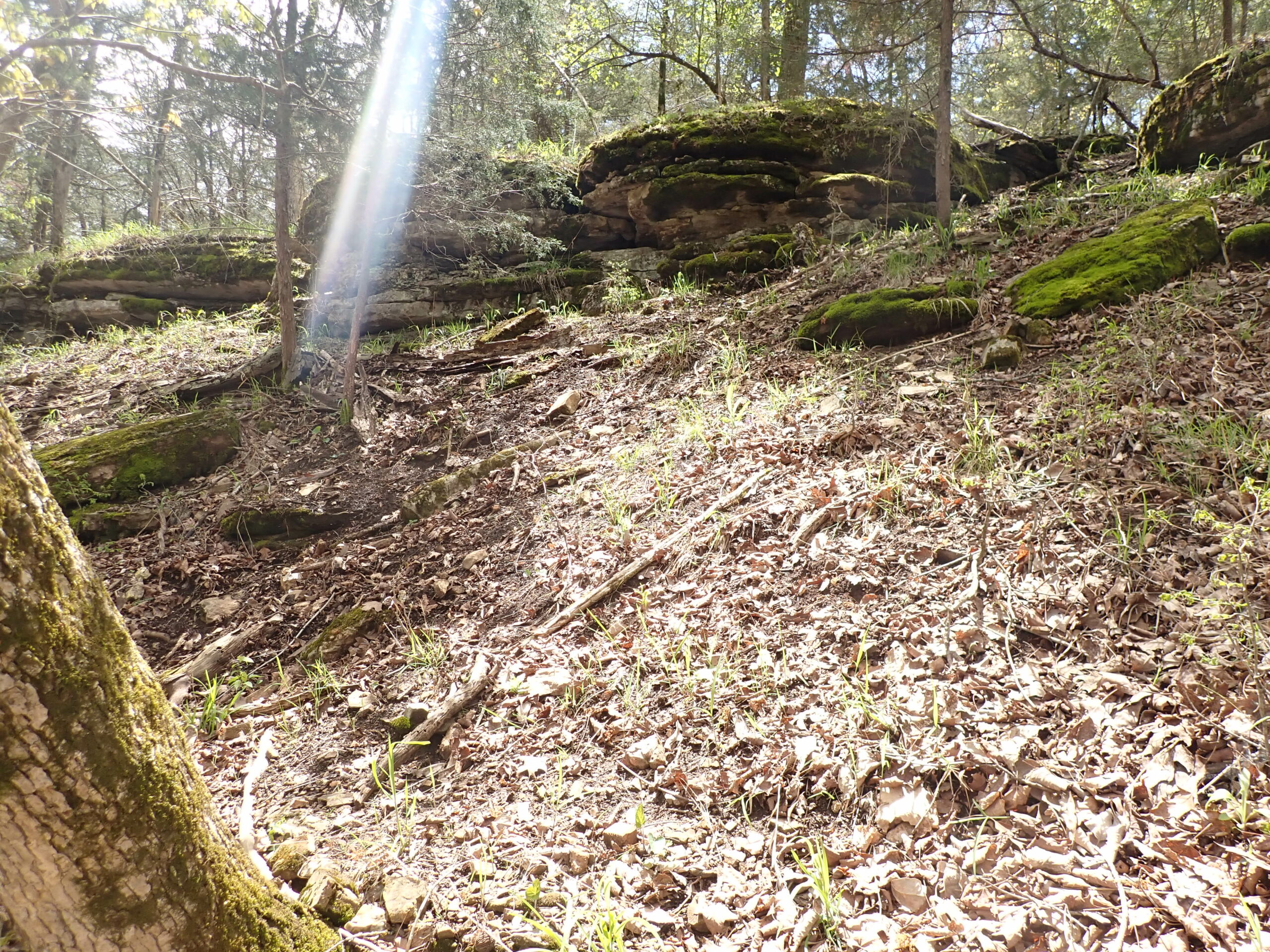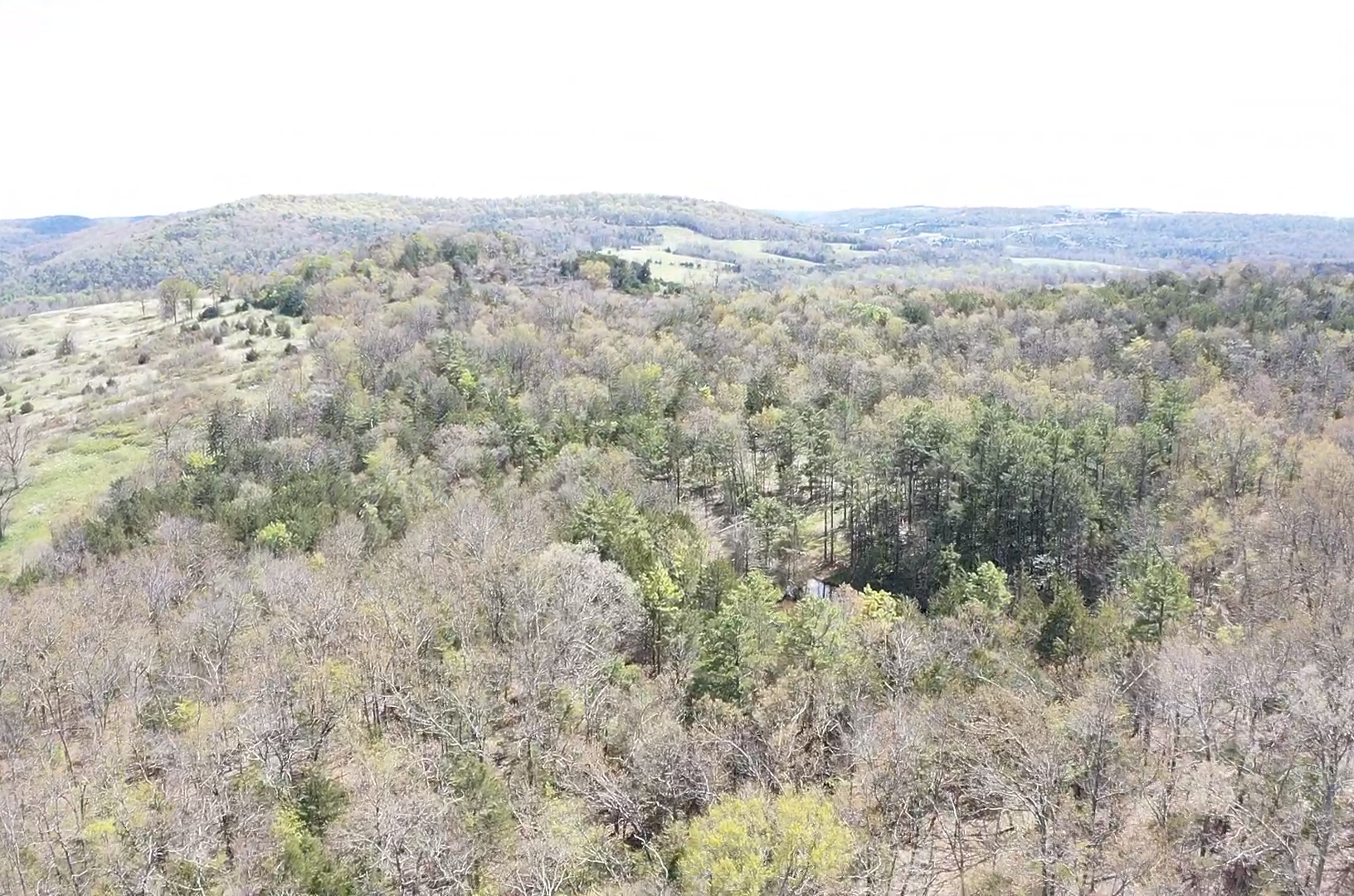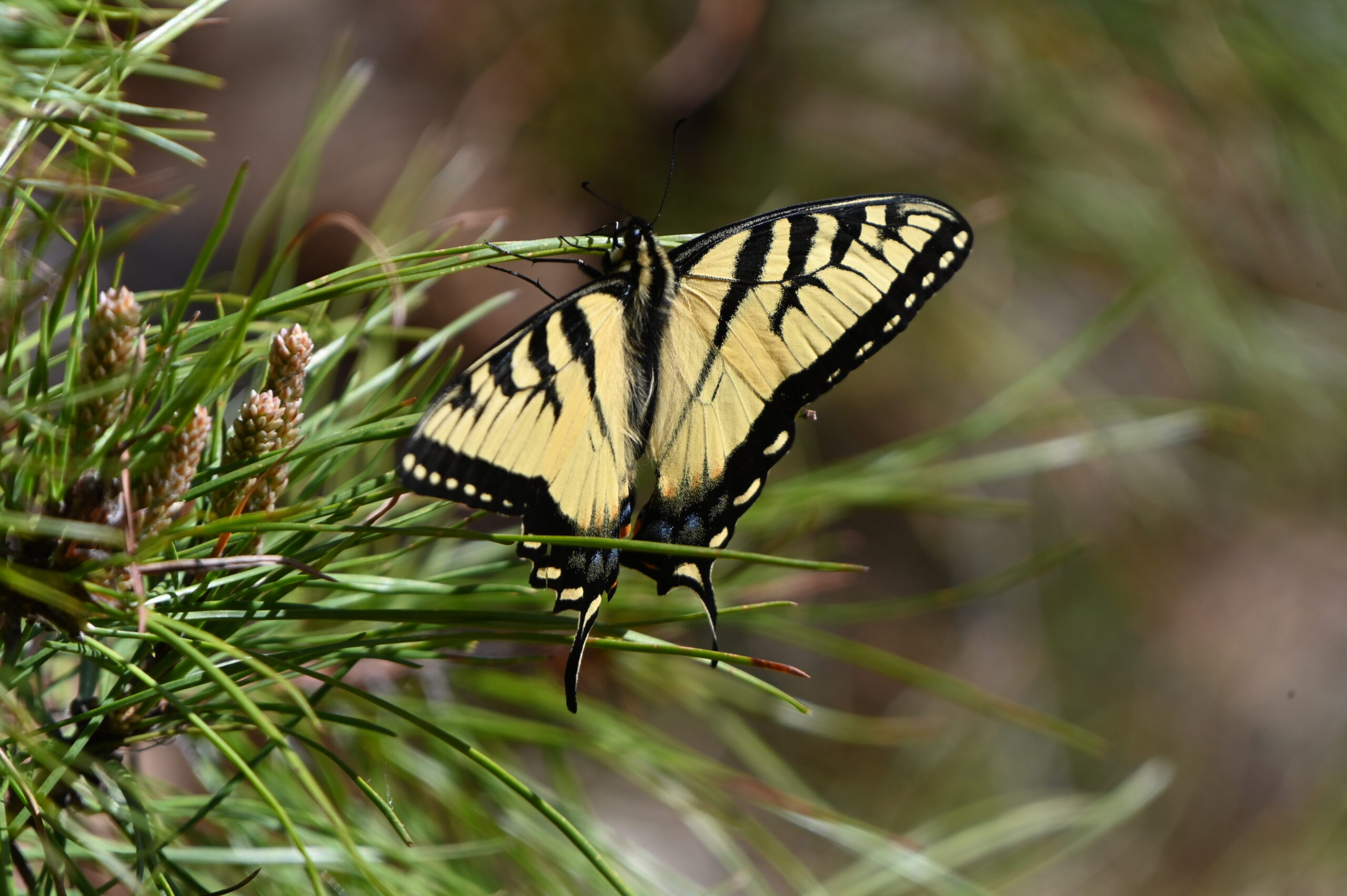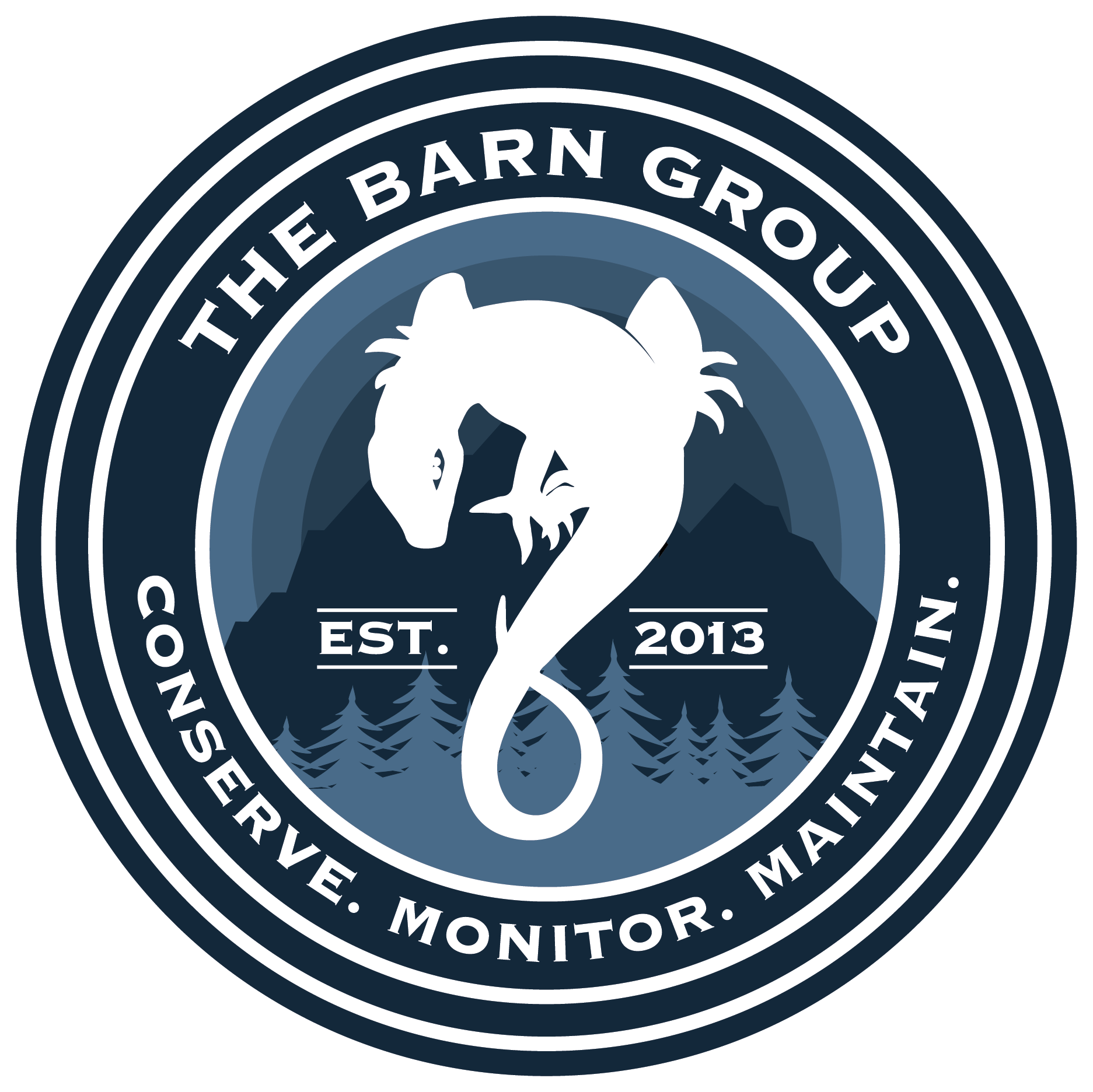Ozark Highlands
The Ozark Highlands region of the United States is the Western most portion of the central mixed hardwoods forest in the Eastern United States. With this being a boundary ecoregion there are diverse and changing landscapes found throughout the region. The transition from mixed hardwood forests to prairies in the region resides within the states of Missouri, Arkansas, Oklahoma, and Kansas. The Barn Group (TBG) holds and manages two conserved Properties in this region’s biodiverse ecosystem. Being able to protect areas like these solidifies that endanger species and wildlife that are in danger of habitat loss will have an area that is undisturbed in perpetuity forever.

Habitat Features
The native habitats found in this region consist of predominantly Hickory-oak-pine forests with soluble carbonate rock formations underground. Sinkholes, caves, dry valleys, and box valleys can be found in these areas. Important riparian areas within the valleys and rivers can be found on the TBG conserved properties, with niche habitat for flora and fauna. The geology of the land provides rock outcroppings that are known to be home to a large population of bats. Some of these bats are species of great concern and by preserving properties within the Ozark highland region TBG has given undisturbed habitat for these species to thrive.
Land Use
Land use history in the Ozark Highlands of Missouri and Arkansas included widespread timber harvest in the late 19th and early 20th centuries, followed by substantial depopulation that left a mosaic of land dominated by timber harvest, grazing, and other agricultural land uses. Currently, land uses on TBG properties are limited to only activities that follow in line with the conservation values set forth when the properties are conserved. Most of the properties within the Ozark Highlands region are used for hunting and recreational activities that do not harm our values and can help improve the habitat for wildlife and plant life combined. TBG also controls invasive species that can harm native species within the properties. Land use on TBG properties will not only keep this diverse landscape protected but will also improve the land to host native species of the region.


Species Diversity
The conserved Properties in this region are teaming with biological diversity. Some of the species found here are reliant on the unique climate of the area. TBG ecologists have completed in-field, audio, and game camera surveys to document wildlife and plant diversity utilizing these conserved properties. Common species that are seen in these forests are the Whitetail Deer, Cotton tail Rabbit, Ornate Box Turtle, Bachman’s Warbler, and the pileated woodpecker. Species of Greatest Conservation Need (“SGCN”) that utilize resources on properties within this region include the eastern meadowlark, northern bobwhite, Louisiana water thrush, prairie warbler, white-eyed vireo, and yellow-throated vireo.
